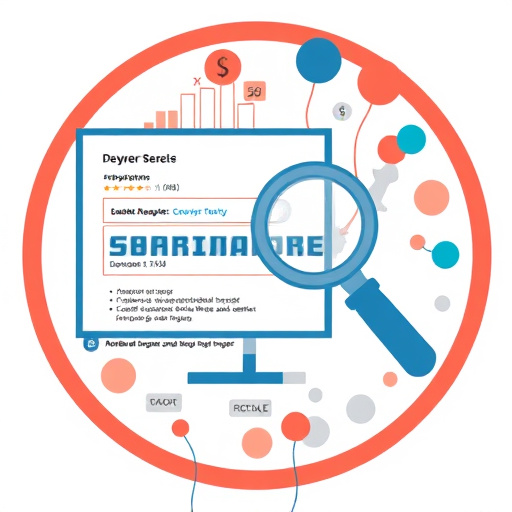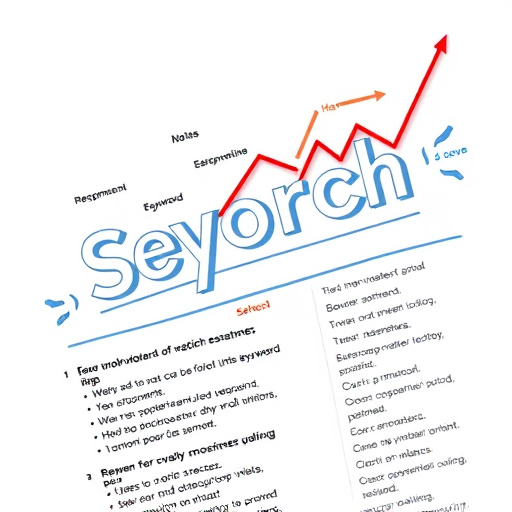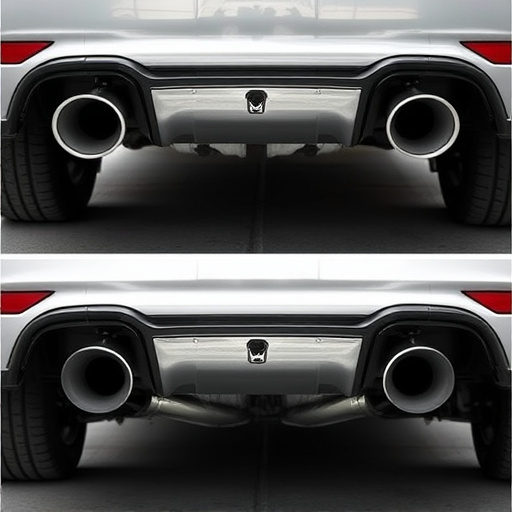User-Centric Architecture, a design philosophy emphasizing user experience in WordPress website creation, prioritizes understanding and catering to user behaviors. By focusing on simplicity, clarity, and consistency in navigation, along with leveraging user research, designers can create intuitive, accessible websites that enhance user engagement and satisfaction. Evaluating success through data-driven KPIs like bounce rate, time spent on site, conversion rates, and pages per session ensures effective WordPress website design contributing to long-term business growth.
User-centric architecture is revolutionizing WordPress website design, putting the user experience at the heart of every digital interaction. This article explores the fundamental principles and best practices for creating intuitive, accessible, and engaging WordPress sites. We delve into how understanding user needs drives successful design, covering key metrics to measure the impact of user-focused architecture on overall website performance.
- Understanding User-Centric Architecture: The Foundation of WordPress UX
- Designing with the User in Mind: Principles and Best Practices for WordPress Websites
- Measuring Success: Key Metrics for Evaluating User-Centric Architecture in WordPress Design
Understanding User-Centric Architecture: The Foundation of WordPress UX

User-Centric Architecture is a design philosophy that places the user at the heart of every digital creation. In the context of WordPress website design, this approach ensures that the platform’s vast array of tools and themes are utilized to cater to user needs rather than merely showcasing technical capabilities. By understanding user behaviors, preferences, and pain points, developers can create intuitive, accessible, and engaging experiences for visitors, ultimately enhancing user satisfaction and retention.
This method involves careful navigation through complex digital landscapes, a task where WordPress excels due to its flexibility and adaptability. A well-designed WordPress website incorporates features that simplify interactions, such as seamless navigation menus, responsive layouts for optimal viewing across devices, and intuitive content organization. These elements contribute to a professional web design that not only captivates users but also supports the digital marketing efforts of local businesses in Dallas, enhancing their online presence and engagement with target audiences through effective WordPress website design strategies.
Designing with the User in Mind: Principles and Best Practices for WordPress Websites

In designing WordPress websites, keeping the user at the heart of every decision is paramount for creating exceptional user experiences (UX). User-centric architecture involves understanding and prioritizing users’ needs, behaviors, and goals to build intuitive, accessible, and engaging digital environments. For WordPress, this means focusing on simplicity, clarity, and consistency in navigation, ensuring content is easily scannable and understandable, and leveraging familiar design patterns that resonate with users already familiar with the platform.
By adopting a user-first approach, web designers can make informed choices about layout, interaction design, and information architecture. This involves conducting thorough user research to gather insights into target audiences’ expectations and preferences, creating wireframes and prototypes for iterative testing, and incorporating feedback loops throughout the development process. For those seeking professional support in digital marketing Broward, SEO services Miami area, or web design near me, collaborating with experts who embrace these best practices can lead to WordPress websites that not only attract visitors but also foster engagement and drive conversions.
Measuring Success: Key Metrics for Evaluating User-Centric Architecture in WordPress Design

Evaluating the success of a user-centric architecture in WordPress website design requires a comprehensive approach, focusing on key metrics that reflect user experience (UX). Key Performance Indicators (KPIs) such as bounce rate, time spent on site, and pages per session are essential to understanding how well your site caters to users’ needs. These metrics provide insights into the overall usability, engagement, and satisfaction levels of visitors interacting with your WordPress site.
Additionally, tracking conversion rates, whether it’s a sign-up form, contact submission, or e-commerce checkout, is crucial for gauging the effectiveness of user flows designed to guide visitors towards desired actions. Organic SEO services in the Miami area often emphasize these metrics, as they not only indicate successful WordPress website design but also contribute to long-term growth and profitability through improved search engine rankings and enhanced user engagement.
User-centric architecture is a game-changer in WordPress website design, ensuring that the end-user experience is not just good but exceptional. By adopting principles that prioritize user needs and behavior, designers can create intuitive, accessible, and engaging WordPress sites. This holistic approach, highlighted by clear navigation, responsive design, and user feedback integration, directly contributes to improved key metrics such as engagement rates, conversion goals, and overall customer satisfaction. Embracing user-centric architecture is not just a best practice; it’s essential for any WordPress developer aiming to deliver impactful digital experiences.














